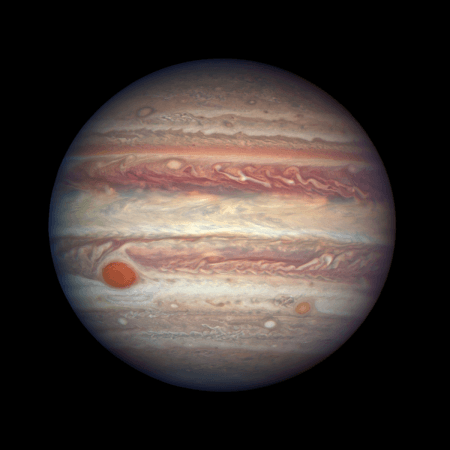
Several space experts have previously predicted that the earth will face a doomsday scenario when a gigantic space rock hits the planet with full fury. Studies conducted by NASA reveal that there are hundreds of near-earth objects (NEO) lurking in the solar system, and catastrophe will be triggered if one such object hits the earth. Just a few days ago, one such event happened in the solar system, and luckily, the meteoroid impact fell on Jupiter, not earth.
An amateur astronomer named Ethan Chappel, captured the visuals of the impact using an ordinary telescope, and the visuals have already gone viral on the online space. It should be noted that the meteoroid that hit Jupiter was so big, and it was the reason why the bright light of the impact became visible on the earth.
After spotting the meteoroid crash, Ethan Chappel compiled the images taken to a gif and uploaded it on Twitter where it went viral. The meteoroid impact happened in the southern equatorial belt of Jupiter, and the bright flash only lasted for some moments.
Imaged Jupiter tonight. Looks awfully like an impact flash in the SEB. Happened on 2019-08-07 at 4:07 UTC. pic.twitter.com/KSis9RZrgP
— Chappel Astro (@ChappelAstro) August 7, 2019
Experts believe that discoveries like these could help humans to know more about wandering space rocks in the solar system and the way in which their collisions affect the planets.
In the meantime, NASA, the United States space agency is busy developing a planetary defense system to protect the earth from doomsday scenarios that might arise due to asteroid and meteor hits. The planetary defense weapon aims to deflect the collision trajectory of space bodies using a large spacecraft so that they will zip past the earth without a devastating collision.
However, some experts believe that NASA's planetary defense weapon will not work on large asteroids, and they believe that the only way to protect the earth is by nuking the approaching rogue space body.

















